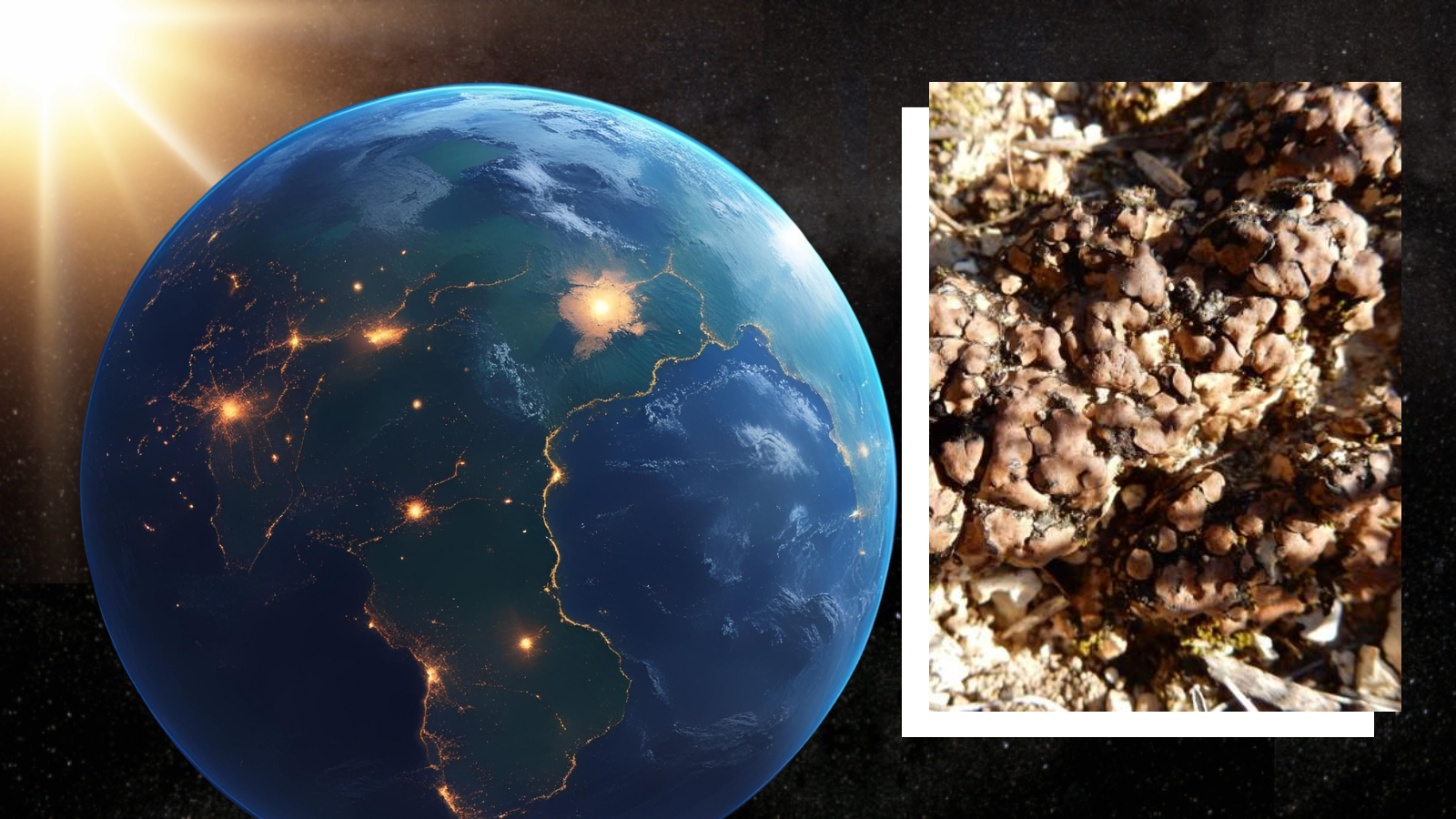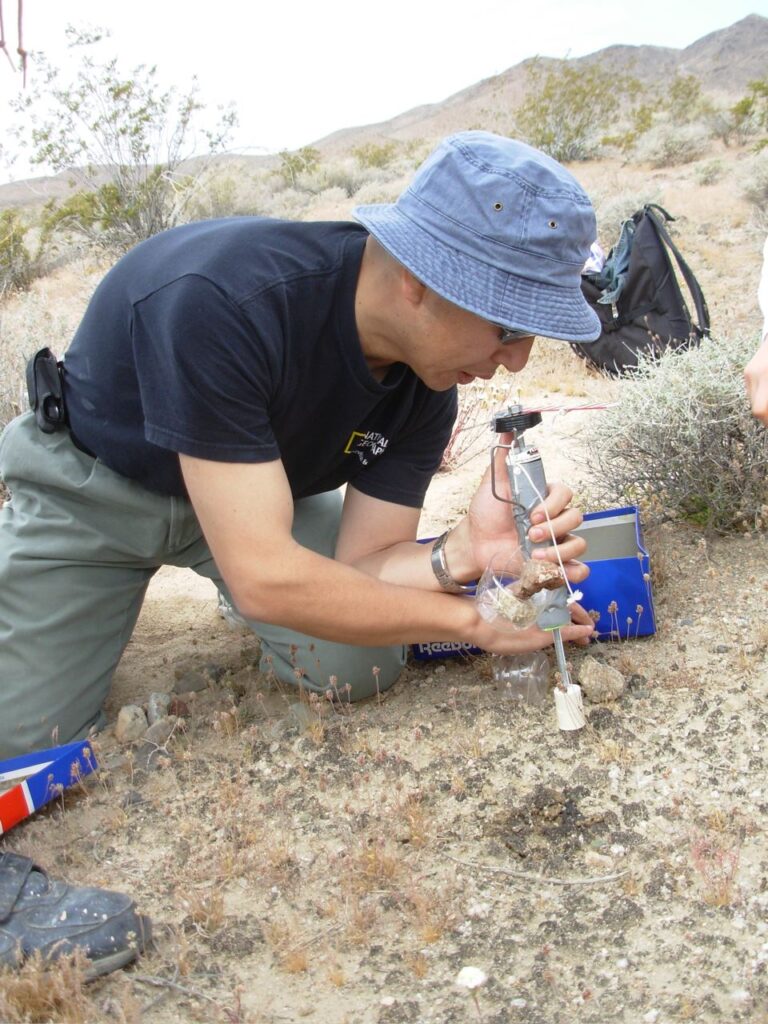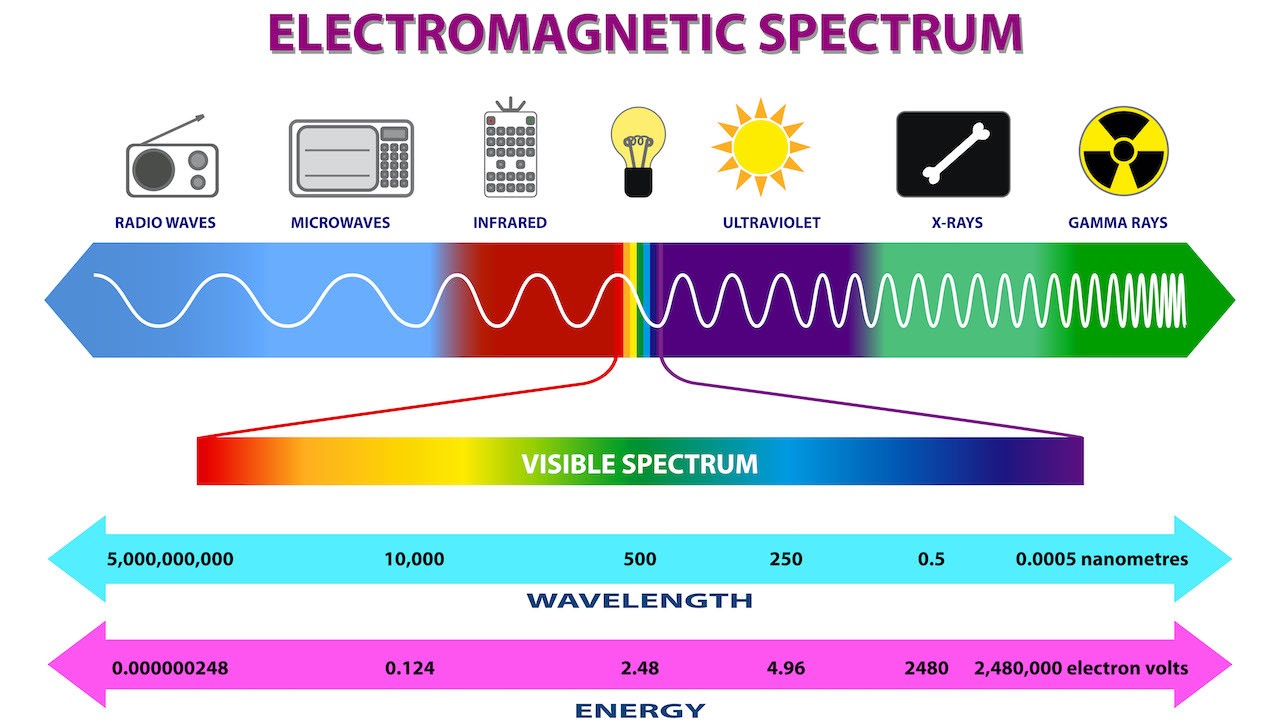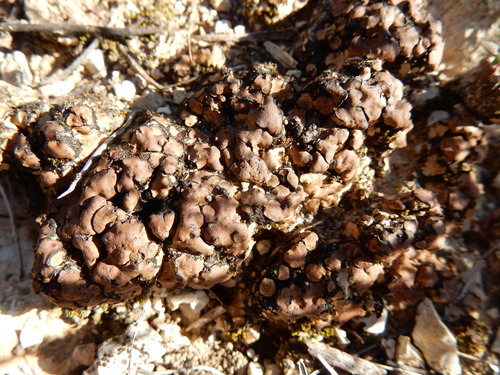Alien life could survive deadly stellar radiation, Earth's desert lichen reveal
"We inch closer to understanding where life might be possible beyond this planet we call home."

The key to determining which planets could host extraterrestrial life could be growing in the harshest deserts of Earth in the form of lichen. The secret to this discovery: the "world's best sunscreen."
That's according to scientists who have found that lichen in the Mojave Desert managed to survive for 3 months under levels of intense radiation from the sun that had previously been considered lethal to this organism.
While the lichen was badly damaged, it was able to recover and eventually replicate. That indicates to scientists that other extraterrestrial life that requires photosynthesis could prosper on terrestrial or rocky extrasolar planets, or "exoplanets," even if they are exposed to radiation from their own star that had previously been considered deadly.
"The study was motivated by a curious observation," team member and Desert Research Institute scientist Henry Sun said in a statement. "I was just walking in the desert, and I noticed that the lichens growing there aren't green, they're black. They are photosynthetic and contain chlorophyll, so you would think they'd be green.
"So I wondered, 'What is the pigment they're wearing?' And that pigment turned out to be the world's best sunscreen."

Lichen is composed of algae or cyanobacteria that exist symbiotically with fungi. The lichen that formed the basis of this research is Clavascidium lacinulatum, or the "common lichen," found in arid regions across the globe, including Europe, Asia, North Africa, and, of course, the U.S.
Common lichen. Not so common sunscreen
Life on Earth thrives on light from the sun, which plants and other life forms use to create sugars via photosynthesis. But sunlight is a mix of electromagnetic radiation of different wavelengths, and some of this radiation is not so useful to life; in particular, ultraviolet light.
Breaking space news, the latest updates on rocket launches, skywatching events and more!
Terrestrial organisms have evolved to cope with Ultraviolet A (UVA) radiation and less common UVB radiation. In humans, UVA is associated with skin aging and wrinkle formation, while UVB causes skin damage like tanning, sunburn, and can even lead to skin cancer.
However, light that leaves our star also contains UVC radiation, which has a shorter wavelength than UVA or UVB light and carries more energy, making it much more harmful to life, damaging DNA, and preventing reproduction. In fact, UVC is so lethal that it can be used to sterilize air and water, wiping out microorganisms like bacteria and viruses.

Fortunately, our atmosphere filters out much of the ultraviolet light blasted at us from the sun, protecting life from its harshest effects. UVC radiation is completely absorbed, meaning it doesn't reach the surface of our planet. But terrestrial worlds in other star systems may not be so lucky.
This could be especially detrimental to life around so-called M-class and F-class stars, which are hotter and brighter than the sun and are known to belt out intense UVC radiation, especially during stellar flares.
"After the launch of the James Webb Space Telescope (JWST), which can see extremely far into space, the excitement shifted from finding life on Mars to these exoplanets," Sun said. "We're talking about planets that have liquid water and an atmosphere."
Sun and colleagues wanted to see how lichen coped with bombardment by UVC radiation, so they placed a sample next to a UVC lamp for 3 months in a controlled setting.
"In order for a microorganism to persist on a planet, it has to last longer than a day," Sun explained. "So, our experiment had to be long enough to be ecologically significant. We also wanted to go beyond just activity and demonstrate viability."
To their surprise, half the cells comprising the lichen regained the ability to replicate after water was reintroduced to them.
After further investigation with chemists from the University of Nevada, Sun and colleagues found that this is because the acids of the lichen are akin to nature's version of the additives used to make plastics UV-resistant.

Diving deeper, the team cut through the lichen, finding that the top layer was darker, almost like a suntan in humans. Furthermore, they found that when the fungi and the algae that make up lichen were separated, the algae died within minutes of UVC exposure.
The team surmised that because lichen isn't regularly exposed to UVC thanks to Earth's atmosphere, its protective layer evolved as a bonus of its UVA and UVB shielding rather than as an aid to survival.
"We came to the conclusion that the lichen's top layer—a less than millimeter thick skin, if you will—assures that all the cells below are protected from radiation," Sun continued. "This layer acts as a photostabilizer and even protects the cells from harmful chemical reactions caused by the radiation, including reactive oxygen."
As for this discovery's implications for life on other worlds, the team posits that some exoplanets may "be teeming with colonial microorganisms that, like the lichens in the Mojave Desert, are 'tanned' and virtually immune to UVC stress."
"This work reveals the extraordinary tenacity of life even under the harshest conditions, a reminder that life, once sparked, strives to endure," team leader and NASA Goddard Space Flight Center researcher Tejinder Singh said. "In exploring these limits, we inch closer to understanding where life might be possible beyond this planet we call home."
The team's research was published on June 12 in Astrobiology
Join our Space Forums to keep talking space on the latest missions, night sky and more! And if you have a news tip, correction or comment, let us know at: community@space.com.

Robert Lea is a science journalist in the U.K. whose articles have been published in Physics World, New Scientist, Astronomy Magazine, All About Space, Newsweek and ZME Science. He also writes about science communication for Elsevier and the European Journal of Physics. Rob holds a bachelor of science degree in physics and astronomy from the U.K.’s Open University. Follow him on Twitter @sciencef1rst.
You must confirm your public display name before commenting
Please logout and then login again, you will then be prompted to enter your display name.
